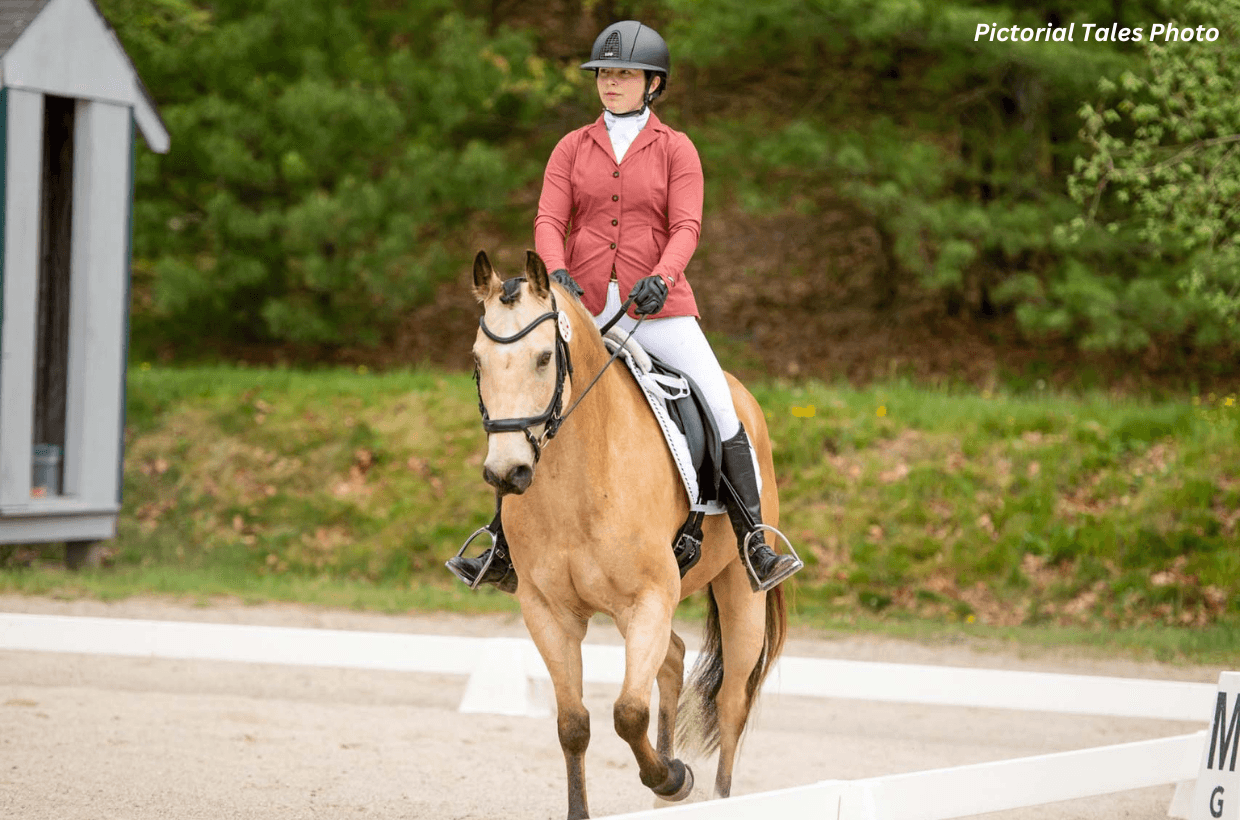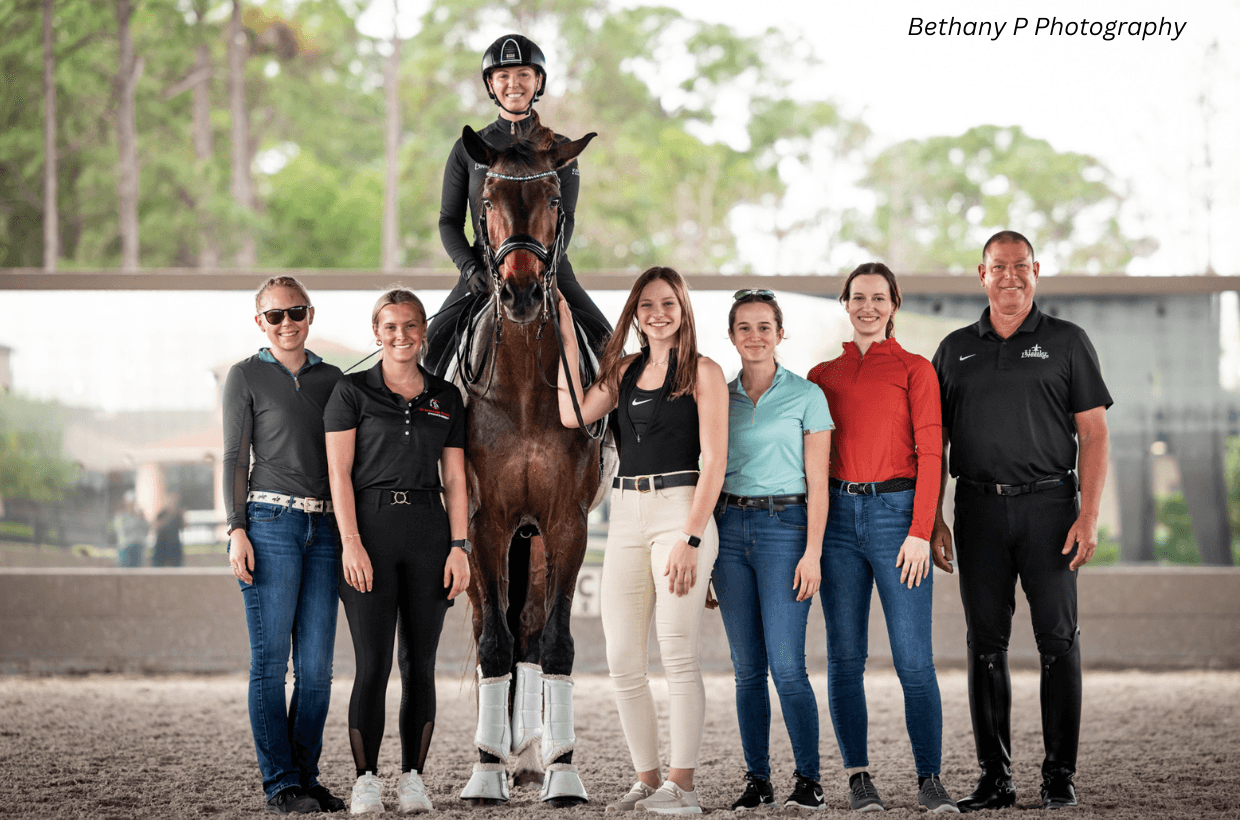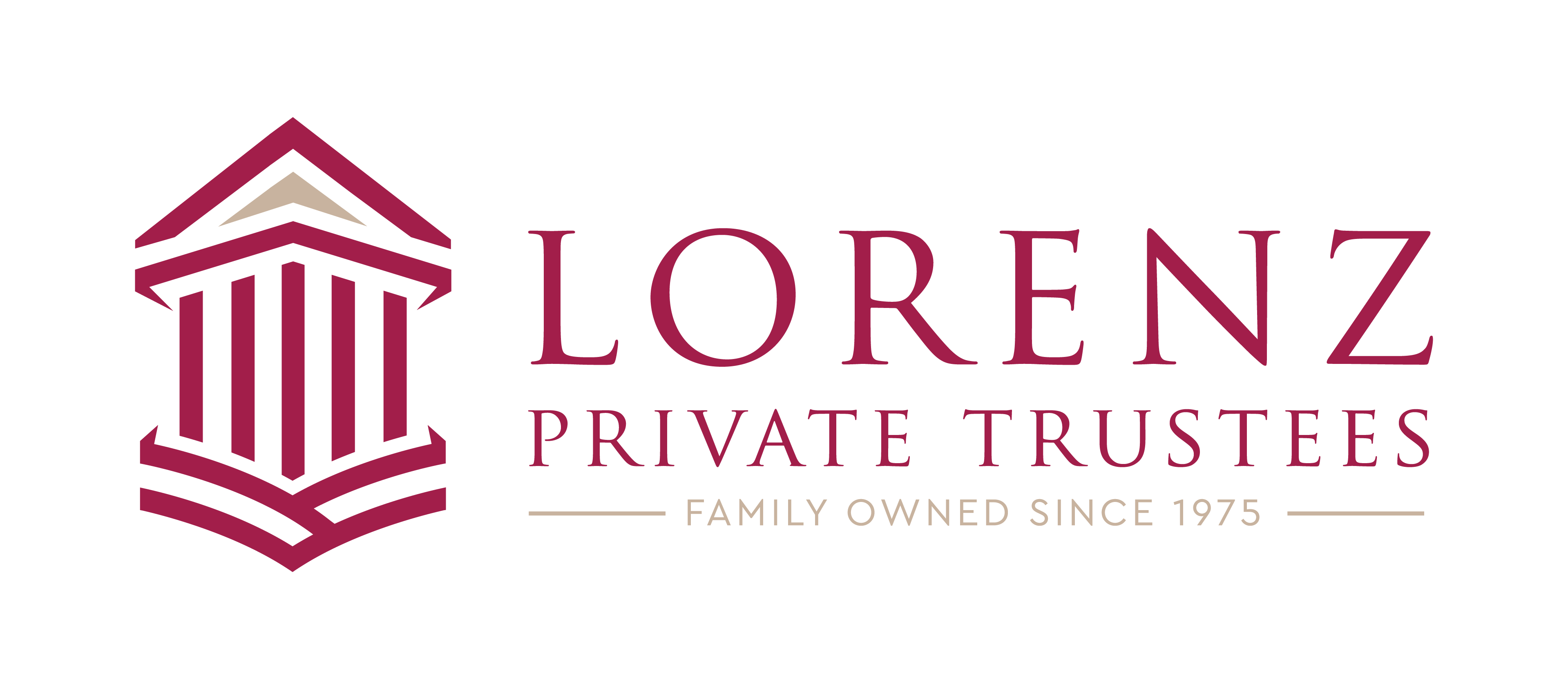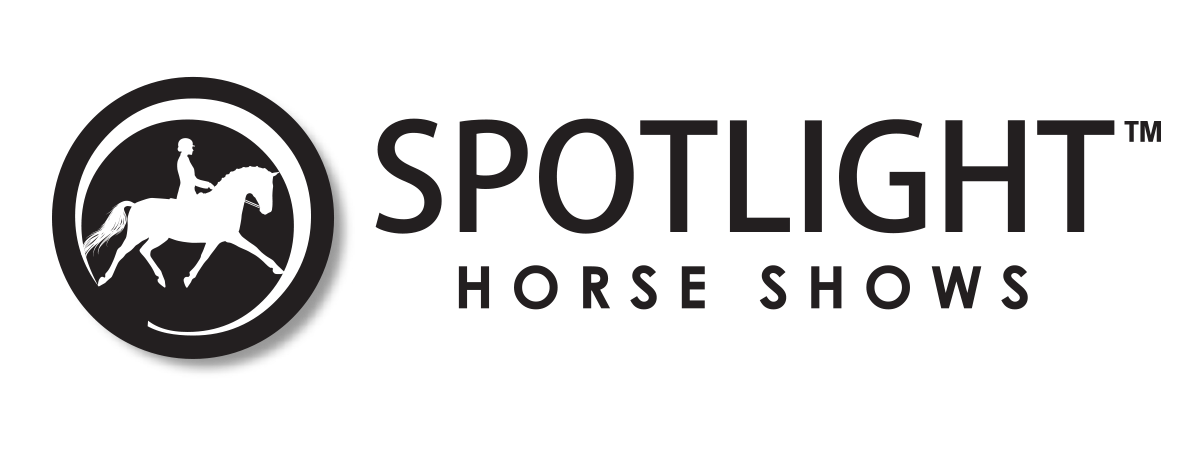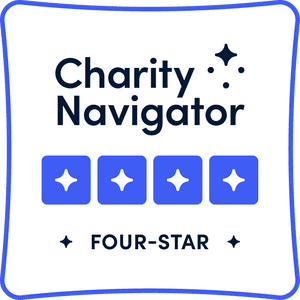Nancy Trait-Lira: Gifted Fund for Adult Amateurs Grant Report

Dutch (right) with his new pasture buddy “Gem” at Taka Chi Stables. (photo N. Trait-Lira)
It's late Summer 2019, and I've finished a two-week intensive training time with my Friesian Sport Horse gelding, Double Dutch Chocolate (Dutch). Thanks to The Dressage Foundation, all its donors, and Carol Lavell providing the Gifted Grant for Adult Amateur Riders, I was able to train with Sarah Martin at her Taka Chi Dressage Stables in Blanca, Colorado. I was extremely excited to have the opportunity of working with Sarah for two weeks. Having spent my working life as an artist, a professional dancer, and dance educator, I've experienced a number of intensive training periods and know that the process of learning during those times is multiplied exponentially. I knew this would especially hold true when working with an equine partner. Now that I've been at home, working on my own, I've had more time to process all that I experienced.
My plan for the intensive training had four goals:
1) To spend an undisturbed, quality, concentrated time away from the pressures and responsibilities of job and family to truly bond with Dutch on the ground and in the saddle; 2) To become more knowledgeable about my aids, enabling me to be a more connected, supportive, and non-intrusive partner for Dutch; 3) To have the experience of immersion training and observation of other riders at more advanced levels for an extended period; and, 4) To take the opportunity to expose both my horse and me to continued training without the pressure of showing.
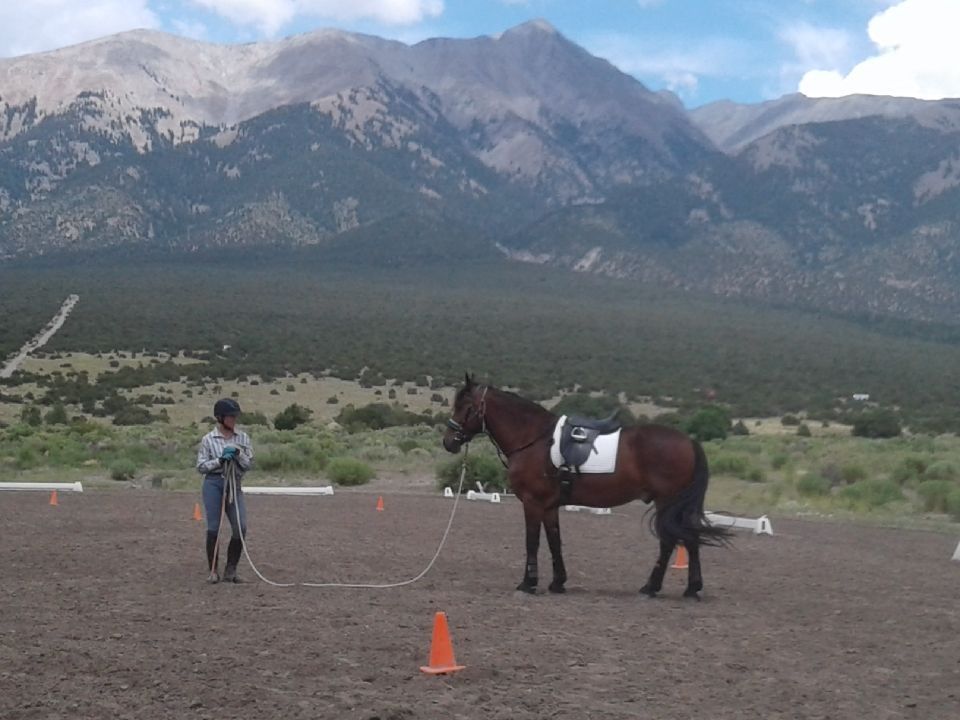
Dutch’s groundwork with Sarah. (Trait-Lira)
The daily instruction, and extra time I was able to spend with Dutch provided the opportunity to explore and expand the relationship between us. I truly believe that we finished this time with a more improved understanding of each other and what was needed to sustain an open channel of communication. This has resulted in a stronger partnership. I see this reflected in the trust he has placed in me that I will be clear; I will be fair; I will be patient; and, I won't get frustrated with him or myself. Dutch is more knowledgeable and focused, both on the ground and in the saddle. He is stronger, more pliable, and more balanced in his movements. Most importantly, he trusts that I will be a supportive partner. How did this all occur?
The mechanics of his improved strength and balance was made through daily ground work and allowing Dutch to begin each ride by walking, trotting and being ridden forward with his neck stretched, back lifted and my hands quiet. The quest was to find Dutch's SWING. What was his natural moving stride at trot? I thought I was going to die the first five days. I had to learn not to use the reins and my hands to give directions; to keep myself correctly aligned in a neutral position while not interfering; and, to balance myself in place while using my legs to give clear aids. That came through “posting like heck,” putting my hands forward so Dutch could stretch his neck, back and begin to reach his shoulders forward without me interfering, and maintaining my own alignment. I also needed to follow The Laws.
LAW #1: “The Horse shall get OFF the Rider's INSIDE LEG.”
Horses are unable to bend in their spine with any flexibility until they begin to move their ribs to the outside and cross their inside hind leg under the center line of their body. It can be very dis-heartening, as a rider/trainer, to find you are not actually accomplishing what you think you are doing. So I buckled down and changed my thought pattern even more.
I learned and began to use the Checklist for Horse and Rider:
1. RELAXATION of the horse and rider.
2. ALIGNMENT of the horse and rider.
3. Did I have an INSIDE rein response? (Flexion of the poll and bending of the neck.)
Did I have an OUTSIDE rein response? (Limitation of flexion, bending and support.)
4. Did I have an INSIDE leg response? (Bending of the ribs and hind.)
Did I have an OUTSIDE leg response? (Direction and straightness.)
5. Did I have GO from the legs? Did I have STOP from the reins?
6. Did my eyes SEE what was going on in Dutch's neck and body?
7. Did I have each aid working INDEPENDENTLY?
Only after I had those correct responses could I even begin to consider if I had CONNECTION: Inside leg and inside rein. Outside leg and outside rein. Could I keep Dutch between the four corners of the rectangle the horse is in? If I could, then I could begin shaping the horse because he was connected, balanced and strong enough to be reaching/stretching forward. And, I had to accomplish all of this with a totally quiet, neutral upper body and seat!

Dutch and Nancy “trotting like heck.” (photo K. Kamish
Like dancing—it's always good to go back to the basics, strip everything away and start from the beginning again. We had to break everything I knew apart in order to put it back together. From there, we began to layer the basics back on, influenced by my expanded knowledge from the new work, the new understanding, and my previous experiences. I came to the movement with a deeper, more broad vocabulary, an understanding of what needed to be improved and how to make corrections in a less tense, more efficient manner. I began to experience this with Dutch because there was more relaxation in both of our bodies and my aids became clearer. I was able to see and feel how the movements should actually be executed. I began to get stronger and more balanced so I could maintain more control over my own seat. Dutch was able to “dance” with more balance and flexibility in his joints, pliability in his back, and strength; the beginnings of First Level work. We began to build more confidence and trust individually and in each other. We had taken the first steps toward becoming a true partnership and, by the end of the first week, my original expectations were totally blown away

Wow! It works. (photo K. Kamish)
LAW #2: “The Horse has NO PERMISSION to take his FOCUS OFF the RIDER.”
The problem wasn't totally with my horse. The problem also lay in my own lap. I had to be able to maintain my own focus first. I had to organize my own thoughts and bring all the elements of riding into my riding. I had to maintain a totally quiet upper body while giving Dutch clear consistency in aids in order to give him the support he needed. I had to be where he could find me with relaxation, balance and strength of my own. One of the things that Sarah said to me in the last two days of my time with her, finally made me really think and make a truthful evaluation of what I was actually doing in my relationship with Dutch. Sarah asked me to think, with all my training and experience, about what it was like to be a dance partner. Realization finally hit me, thanks to Sarah. I wasn’t giving Dutch my undivided focus. I wasn't giving the correct support and communication to my partner to initiate, shape, or complete a movement. I was required to do all of this as a professional dancer and I included it in my teachings with my students; so, why hadn’t I done this as a rider? I believed I was doing it all correctly, but I wasn't doing it in the manner and to the extent that I needed to be a really good partner to my dancing equine. While dancing, I was being lifted, pulled, shaped, balanced and supported. I was also doing the same for others whether male or female, in duets, trios or groupings. I had to maintain a certain amount of strength and power, support and pliability whether staying in one position or moving. I was often required to maintain a non-verbal line of communication within all my dancing. I relied on the feel of my body, my visual abilities, my sense of physical weight, and my knowledge of movement sequencing along with the sense of give and take with my partner(s). I need more support here. I need more of your leg here. I need more counterbalancing here.
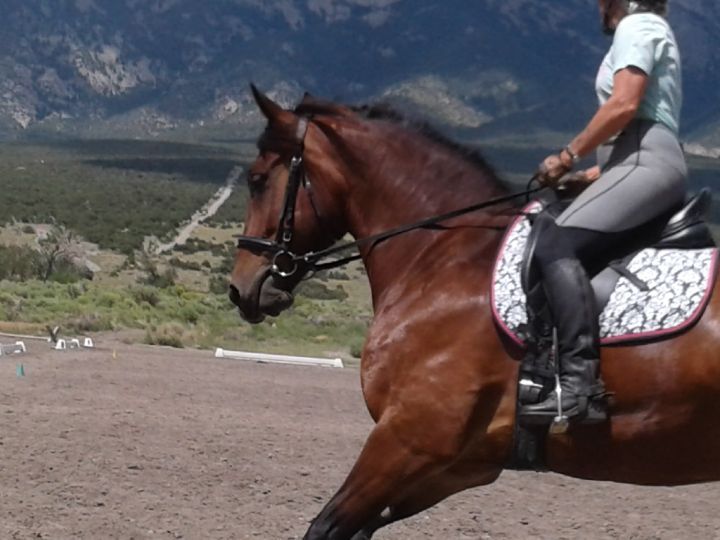
First canter. (photo K. Kamish)

Continuing the work. (photo K. Kamish)
Dutch was an extremely willing partner ready to come to me but, thus far, I hadn’t been willing to come to him with the support he needed. I realized I hadn’t been committed to that same level of focus and support in any of my equine partnerships. I needed to change the way I was looking at being an equine partner.
My two weeks with Sarah was only the beginning. It took me at least two weeks at home, riding Dutch on my own every day, to begin processing more than superficially what Sarah’s comment really meant. I had to give support more continuously without the tension. I had to be clearer with my aids and then relax the pressure. I had to know the difference between the hair, skin, muscle and bone pressure of the aids and how not to stay in that pressure once the correct answer was given. I had to utilize the Laws and the Checklist for Horse and Rider. I also came to the realization there's a support level and a muscle tone that you DO have to use as opposed to just feeling the energy go through your body. The change in Dutch has been pretty amazing. He’s stopped spooking at all the little things that go on around the home front. He’s become more trusting in me when we’ve gone to a new place to ride. He’s enjoying himself and becoming more experienced and calmer on the trails. He’s even started traveling in the trailer more quietly.
And what about the changes in me and my mind about riding? I finally realized more fully what it truly takes to be prepared for First Level movements. A stretched, pliable neck and back in a strong and balanced horse allow these movements to happen. A balanced, strong and knowledgeable seat in the rider must be developed. Trust and confidence in both horse and rider makes the partnering happen. Groundwork included in the everyday training is a definite plus in building that relationship. It’s even helpful in the training of the horse for the dressage movements before the rider gets in the saddle. Going back to the basics is definitely not detrimental in any respect. I see those basics with new insight and a deeper understanding. The layering of more advanced skills upon the clear, strong basics is what, I feel, it's about in developing through the levels. To truly do so with knowledgeable guidance will extend the health of the horse and make all the movements more available and efficient to both horse and rider. I realized that's what I was able to do under Sarah's tutelage. I feel blessed to state that all my goals were met with my standards of expectations greatly exceeded. This new approach is working very well for Dutch and me, so I’m going to continue to explore it. My goals are to work with him as a REAL partner and to learn as much as I possibly can in continued study under Sarah Martin and my equine dance partner, Dutch.

(L) Kathy Hanford & Gem, Gifted Grant recipient from NE and (R) Nancy Trait-Lira & Dutch, Gifted Grant recipient from OK on the last day of instruction at Taka Chi with Sarah Martin. (photo K. Hanford)

Final night at Taka Stables. (photo N. Trait-Lira)

